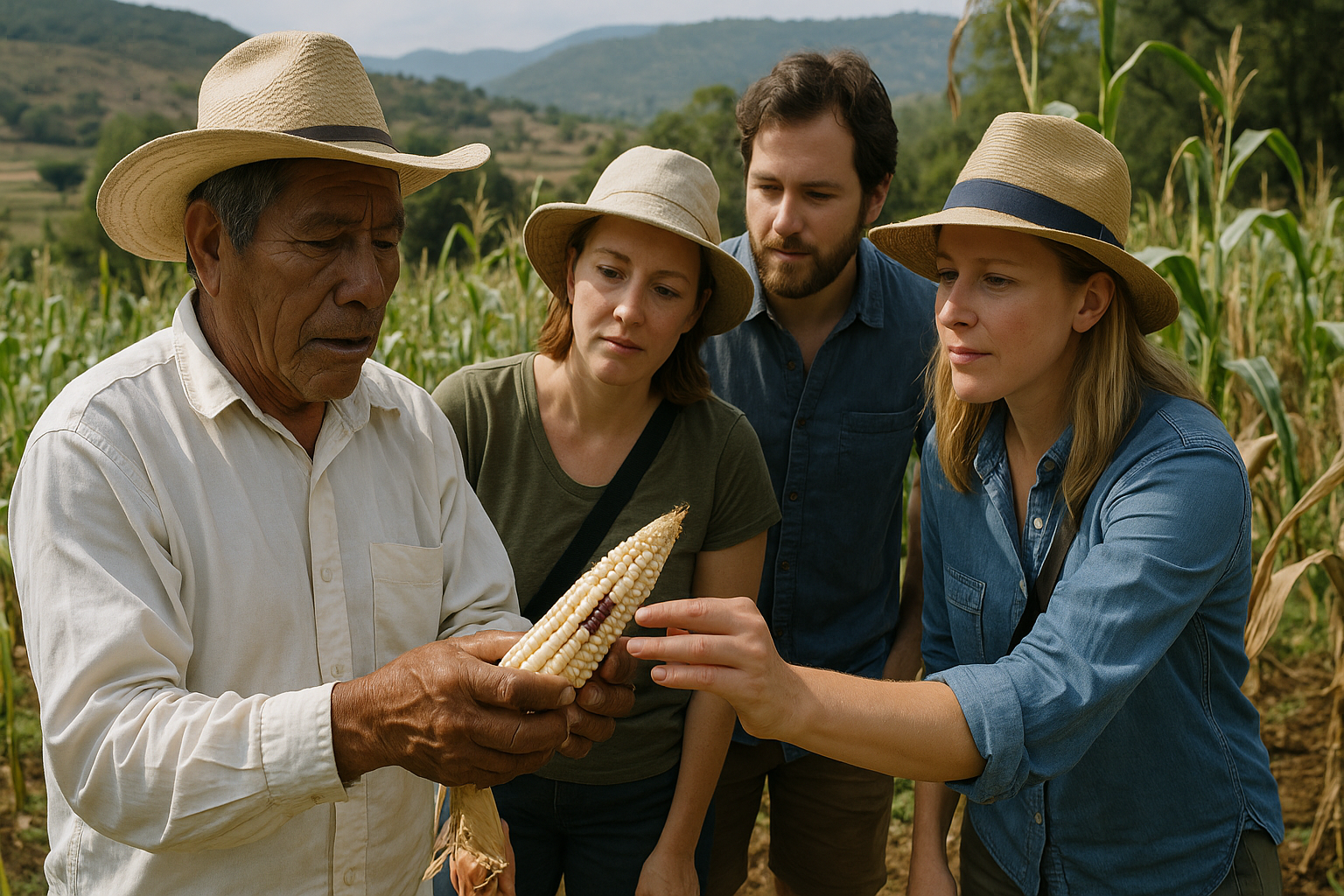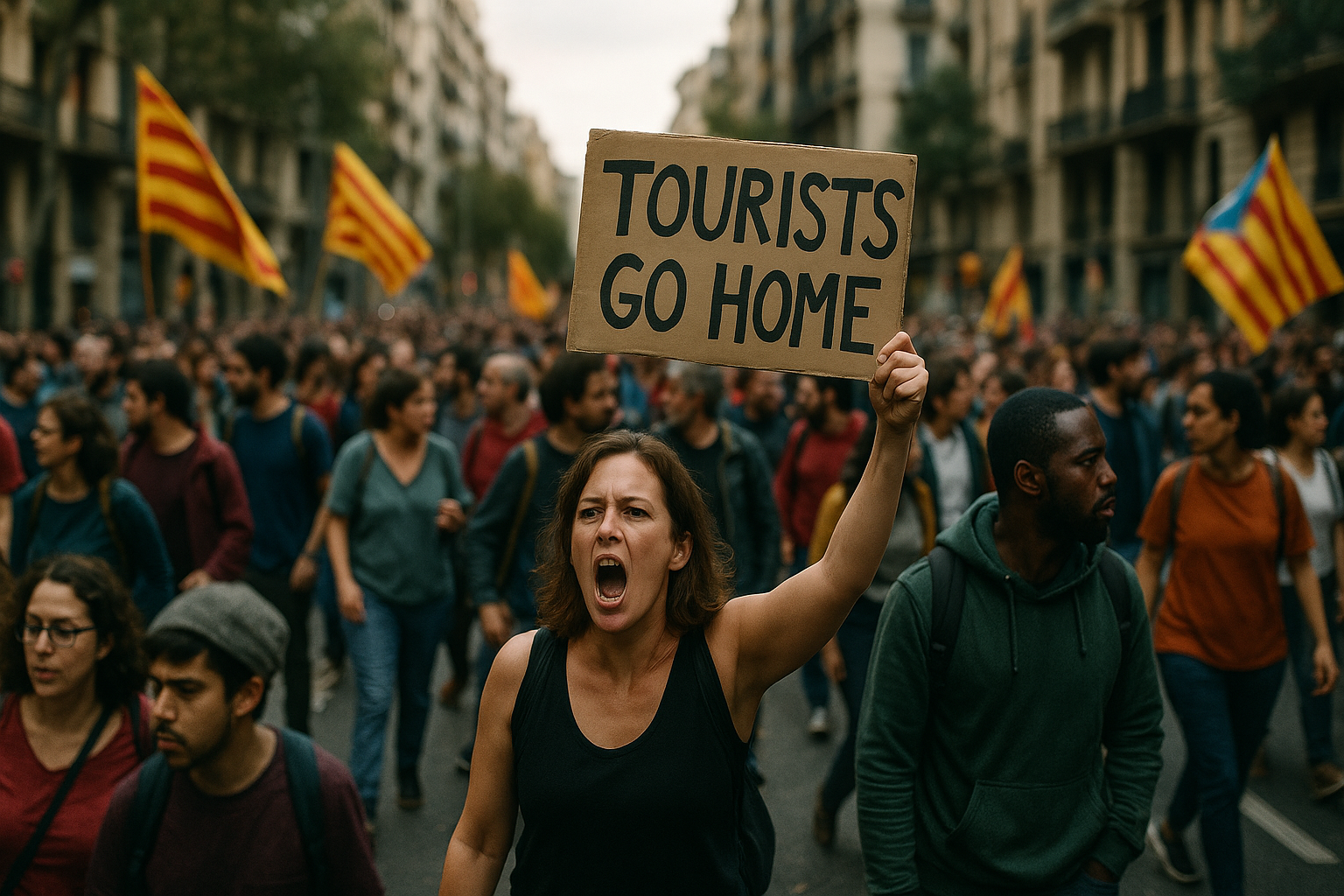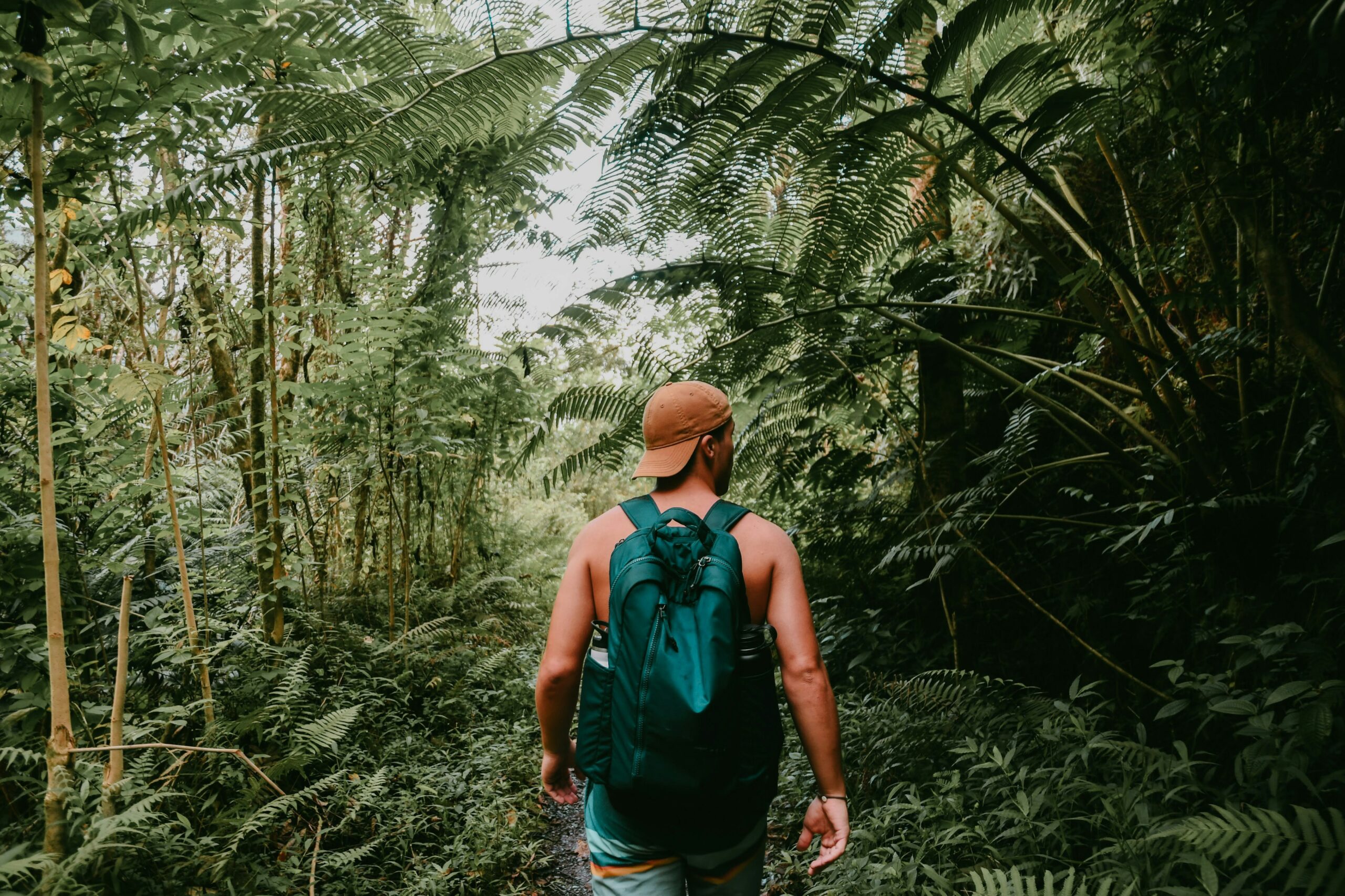Physical Address
304 North Cardinal St.
Dorchester Center, MA 02124
Physical Address
304 North Cardinal St.
Dorchester Center, MA 02124


Community-based tourism puts power back in the hands of local people. Here’s how it works and why more travellers are choosing it.
Tourism is big business. It can support livelihoods, protect traditions, and create new job opportunities. But it can also damage neighbourhoods, destroy natural environments, and dilute cultures.
When tourism is managed badly, it drains resources. Housing costs rise and local people get pushed out—something that recent protests have highlighted everywhere from Barcelona to Lisbon to Genoa.

So is tourism bad? Well, no. Plenty of economies rely on it. But there’s a big difference in how certain types of tourism affect an area. Community-based tourism is leading the way in ethical travel experiences that actually benefit the people who live there.
Community-based tourism (CBT) is a form of travel that’s led, owned, or co-managed by local communities who are often rural, Indigenous, or historically marginalised. Instead of big corporations calling the shots, CBT puts decision-making back in the hands of the people who live in the area.
As a tourist, it helps you to connect with local life in a way that commercial tours just can’t. Think: homestays run by families, hikes led by community guides, meals prepared with homegrown ingredients, authentic cultural workshops, and co-op-run tours.
It’s small-scale by nature. The focus isn’t profit, it’s participation, cultural integrity, and keeping the benefits close to home.

In most mainstream tourism, a lot of the money leaks out of the community. Big hotels, booking platforms, and tour companies often take the lion’s share. Often, the shareholders are overseas, and very little of the profits are reinvested into the local community.
CBT reverses that flow and provides basic economic justice to locals. They have more say in how the industry works and who benefits. This sense of ownership is empowering for communities. It keeps people employed and tends to lead to better wages and working conditions. Community projects also benefit from increased investments.
For you, it means deeper experiences. You learn directly from the people who live there. You share meals, stories, and traditions. You stop being a tourist and start being a guest.
Lots of companies throw around words like “ethical,” “eco,” or “community-based.” But not all of them mean it. Here’s how to tell if it’s genuine.
👩🦳 It’s owned or co-created by locals
If locals aren’t involved in designing and running it, it’s not CBT.
💶 The money stays in the community
Ask where your money goes. Does it support a family or disappear into a booking platform?
🙏 It reflects local culture, not a performance
CBT is grounded in lived experience. It should feel honest, not staged.
💞 It values consent and privacy
No forced photo ops. No treating people like props. CBT is built on mutual respect.
Before you book, ask some simple questions like:
Red flags include vague answers, outsourced logistics, or itineraries that feel overly scripted. Real CBT is human, personal, and often slightly unpredictable.

In Thailand’s Chumphon province, local fishing villages have started hosting mangrove tours that support conservation instead of extraction. Travellers paddle through dense mangrove forests while learning how the community shifted from destructive fishing to eco-guided tourism—and how their visit helps protect fragile ecosystems.
In the hills of northern Morocco, rural women’s co-operatives are turning traditional cooking into an economic lifeline. Guests learn to prepare couscous, harira, and semolina breads using locally grown produce. These workshops support women’s independence while preserving food traditions that predate industrial agriculture.
In Oaxaca, Mexico, travellers can join agroecology tours run by Indigenous Zapotec farmers who are revitalising native maize cultivation using ancient techniques. It’s a hands-on way to learn about seed sovereignty, food justice, and the role of tourism in supporting land-based knowledge.

And in the Philippines, permaculture collectives on islands like Bohol invite visitors to harvest vegetables, plant trees, and learn regenerative farming firsthand. These experiences don’t just fund the co-ops—they foster long-term support networks between travellers and local growers.
Each of these projects puts local knowledge, autonomy, and sustainability at the centre, offering deeper connections for travellers and real benefits for the communities they visit.
So, what is community-based tourism? Not to be confused with charity tourism, community-based tourism is about shifting the power. It lets locals take the lead and invites you to be part of something bigger than a checklist of sights. When done well, it creates stronger communities, deeper connections, and more authentic, immersive experiences that have a life-long and profound impact, long after your trip is over.